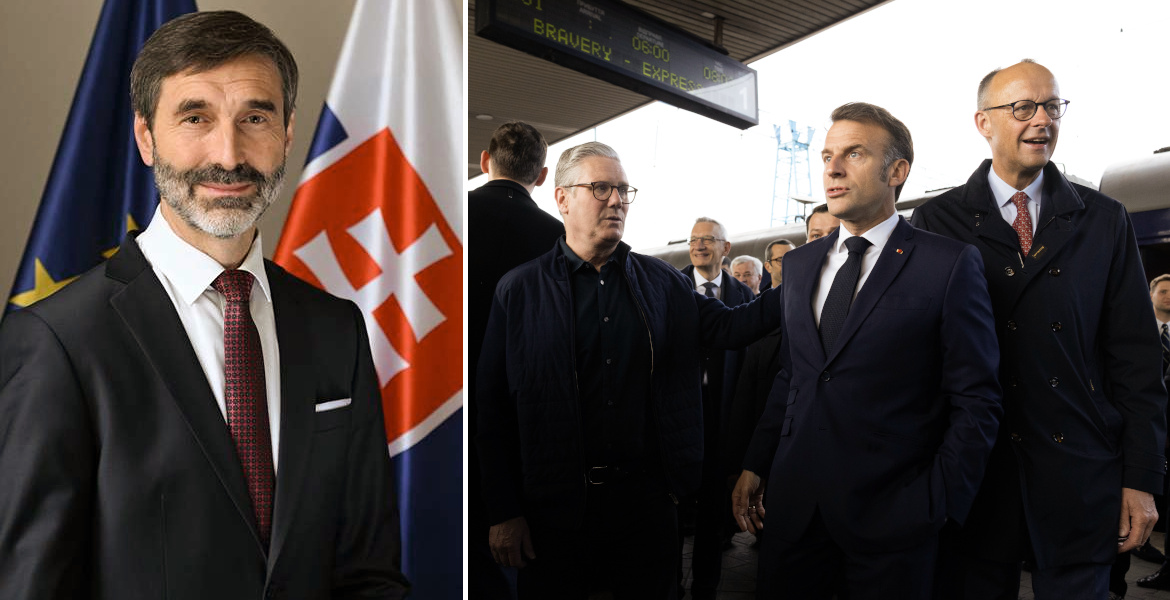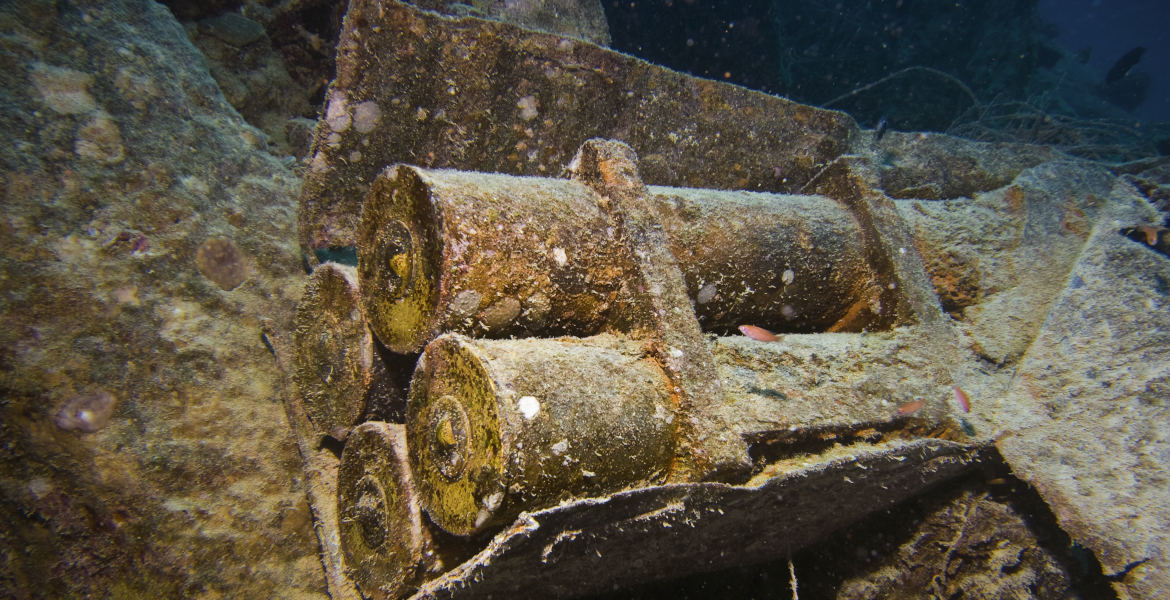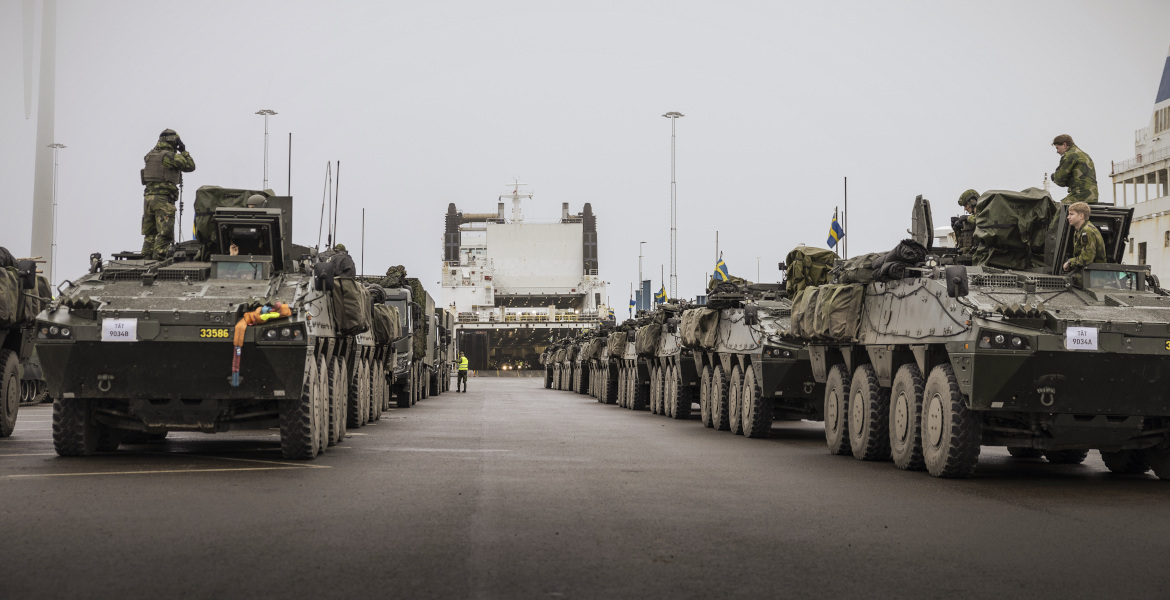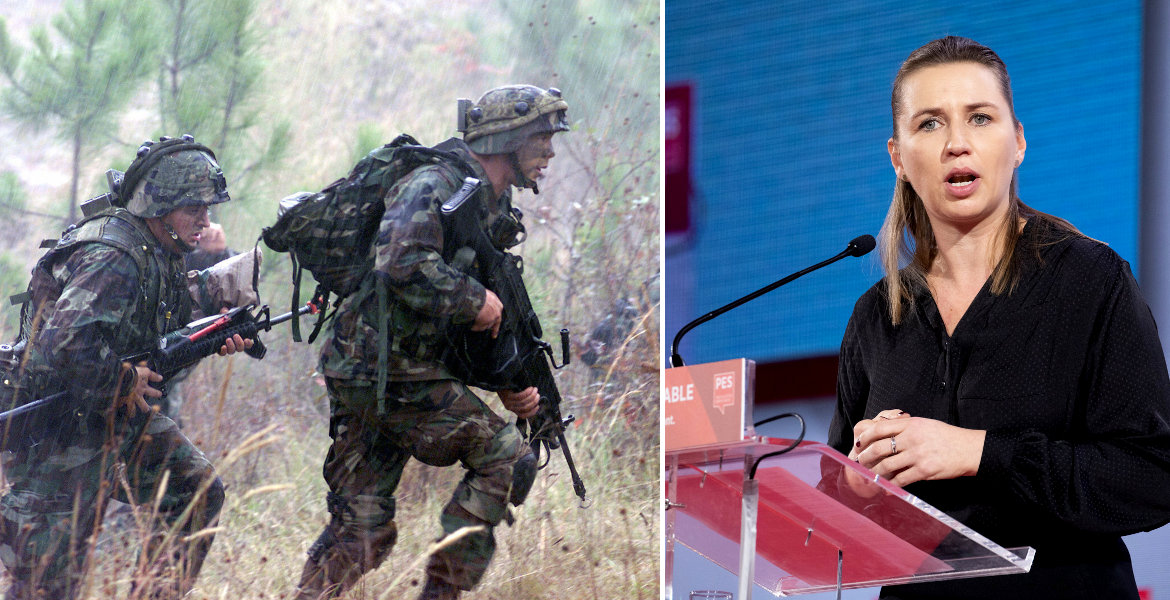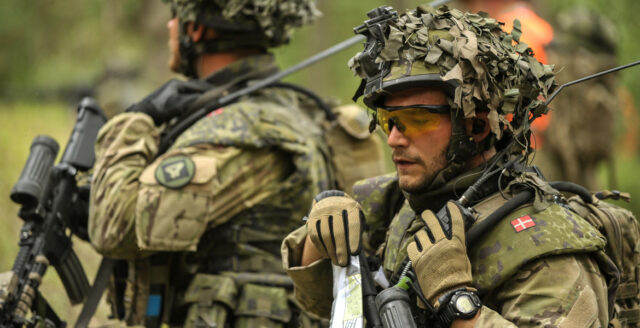NATO leaders have decided that Ukraine will become a member of the US-led military alliance and will not back down from that position, several sources told left-liberal CNN, testifying to how Ukraine’s path to NATO membership is described as “irreversible” in a draft joint communique.
NATO countries have long debated how strong guarantees should be given to Kiev about future NATO membership, but according to several officials, the use of the word “irreversible” indicates a desire to send a strong signal to both Kiev and Moscow while the war appears to have no end in sight.
The draft may be revised before it is finalized, but according to a US official, the White House supports the use of the word – as long as it also states that Ukraine must continue its “democratic reforms”. According to him, the word will be included in the final communique.
This week’s NATO summit in Washington will, as usual, focus heavily on Ukraine, discussing how to quickly bring Ukraine even closer to the military alliance and develop “concrete steps” to intensify support for Kiev.
“Very serious effort”
According to a senior US administration official, the channel also intends to make “significant new announcements about how we’re increasing NATO’s military, political and financial support for Ukraine” as part of Kiev’s “bridge to NATO”.
– We’re not talking about some sort of plan for how they’re going to get from here to there. We’re talking about standing up an entire command at Wiesbaden, and we’ll look at how we do these various pieces that I mentioned earlier – training, coordination, equipping, coordination, logistics, force development. This is a very serious effort to get Ukraine in a position, as I said earlier, where it will be ready to assume its roles and responsibilities within the alliance on day one, the official said.
– I’ll let the Ukrainians speak for themselves, but I think they understand the value of what NATO will be doing for that, he continued.


